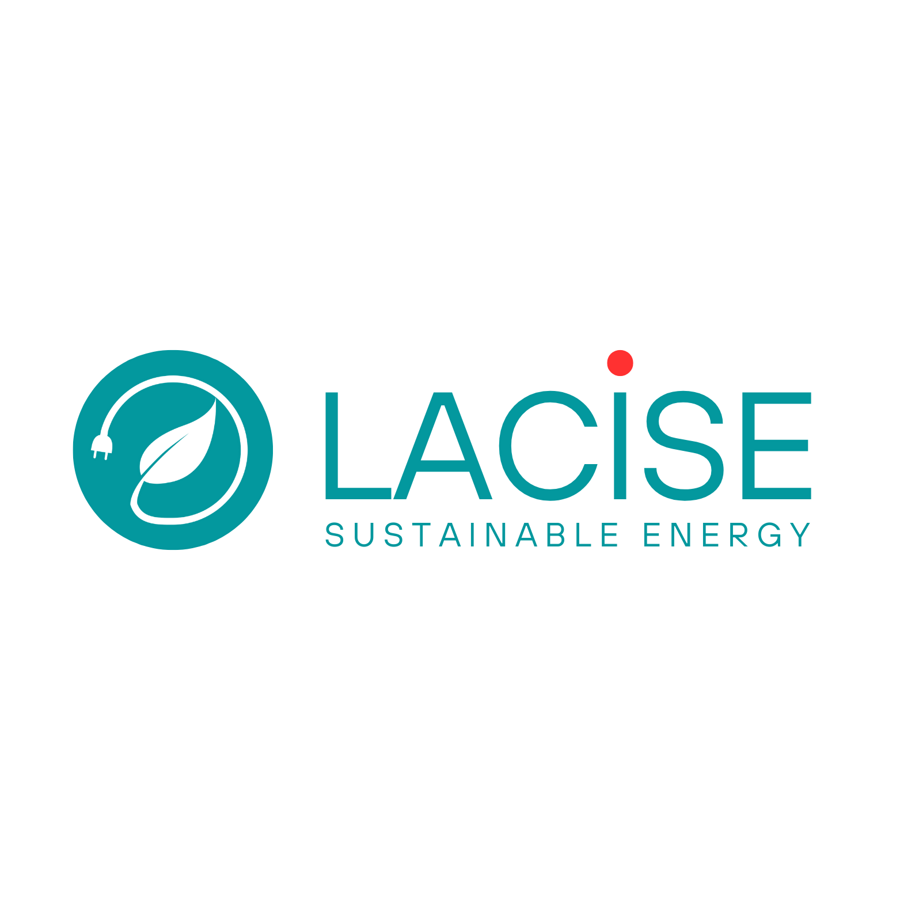Exploring the ISSP UL laboratories: strengthening collaboration and experience among LACISE partners
 LACISE lab tour at the ISSP UL. Photo - Valdis Jansons.
LACISE lab tour at the ISSP UL. Photo - Valdis Jansons.
Following the official project kickoff on May 6, the LACISE consortium partners—including representatives from the Institute of Electronics and Computer Science, Riga Technical University, Paul Scherrer Institute, Zurich University of Applied Sciences, and the Swiss Center for Electronics and Microtechnology—visited the laboratories of the Institute of Solid State Physics, University of Latvia (ISSP UL).
The event began with a brief overview of the institute’s activities, highlighted through key figures and significant milestones, presented by the LACISE coordinator during the official opening. However, the main focus of the visit was to provide participants with a firsthand experience of the state-of-the-art facilities and equipment available at ISSP UL, as well as the talented researchers—both young and seasoned—who operate within these laboratories.
The tour commenced at the Thin Film Laboratory, where attendees learned about ongoing research projects and current initiatives. Next, participants visited the Energy Materials Laboratory, the core research hub for activities related to the LACISE project. The laboratory’s lead researcher, Ainārs Knoks, introduced the team’s hydrogen research, sharing insights into the innovative hydrogen production technologies under development. Guests were also given the opportunity to observe the specialized equipment used by the scientists on a daily basis.
 LACISE partners at the ISSP UL labs. Photo - Valdis Jansons.
LACISE partners at the ISSP UL labs. Photo - Valdis Jansons.
Subsequently, the visitors explored other sections of the Energy Materials Laboratory, which primarily focuses on research into batteries and supercapacitors. Gints Kučinskis, head of the laboratory and coordinator of the LACISE project, discussed the laboratory’s research directions and ongoing projects. The session concluded with an engaging Q&A session, allowing guests to interact directly with the research team.
The tour’s final stop was the largest of the ISSP UL labs—the Spectroscopy Laboratory. Its head, Anatolijs Šarakovskis, provided a detailed overview of the laboratory’s advanced instrumentation and the types of research enabled by each piece of equipment. He outlined the laboratory’s main research areas and responded to questions from the participants.
 Informal discussion after lab tour. Photo - Valdis Jansons.
Informal discussion after lab tour. Photo - Valdis Jansons.
Following the laboratory visits, attendees gathered for a final discussion session. This informal segment allowed partners to reflect on what they had seen and learned, thereby fostering a better mutual understanding. It also served as an opportunity to strengthen personal connections, which are vital for effective collaboration throughout the project. Building trust and camaraderie among partners is essential for smooth communication and the successful implementation of the project.
More information about ISSP UL labs.
